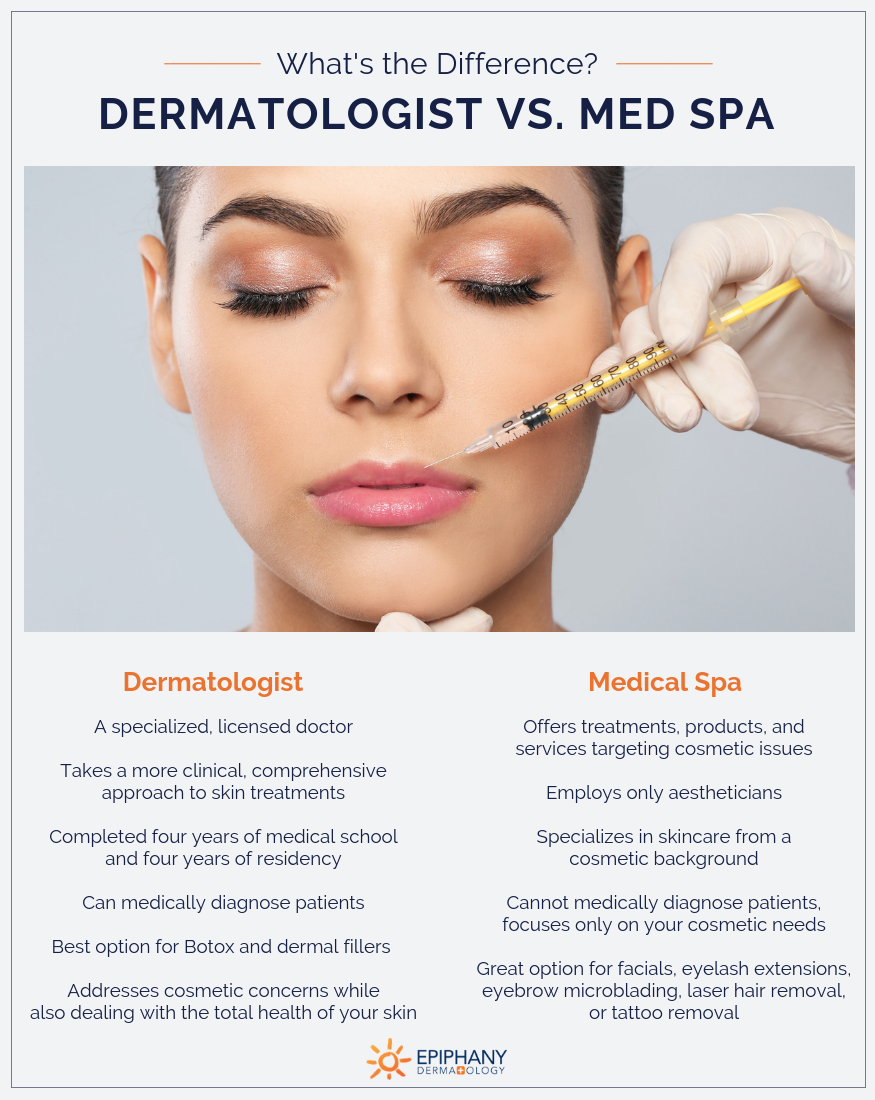Browsing Skin Cancer Therapy: The Crucial Duty of Mohs in Modern Dermatology Practices
Skin cancer, a complicated diagnosis, frequently leaves people coming to grips with various therapy choices. Among these, Mohs surgical procedure stands as a beacon in modern-day dermatology, renowned for its precise approach to cancer cells removal and conservation of surrounding healthy and balanced tissue. This cutting-edge method assures not only superior cosmetic results but likewise offers prompt results, reducing person stress and anxiety. As we explore the ins and outs of this treatment, one will value its critical duty in skin cancer therapy.
Understanding Skin Cancer Cells: Kinds and Risks
There are 3 major kinds of skin cancer cells: Basic cell cancer, Squamous cell carcinoma, and Melanoma. It accounts for only about 1% of skin cancer cases but triggers the large bulk of skin cancer fatalities. Threat aspects consist of reasonable skin, background of sunburn, too much sun exposure, living at high elevations or close to the equator, having lots of moles, a family members history of skin cancer cells, and deteriorated immune system.
What Is Mohs Surgical treatment and Exactly How It's Changing Skin Cancer Treatment
Despite the many therapies currently readily available for skin cancer cells, Mohs surgery stands out as a groundbreaking and highly efficient remedy. Called after Frederic E. Mohs, the physician who established the treatment, Mohs surgical procedure is a precise surgical strategy made use of to deal with skin cancer. This level of precision, combined with the ability to spare as much healthy and balanced cells as feasible, is changing skin cancer cells therapy.
The Benefits of Mohs Surgery Over Traditional Skin Cancer Cells Therapies
Structure on the innovative nature of Mohs surgery, it's imperative to consider its many benefits over typical skin cancer treatments. Unlike standard operating procedures, Mohs offers a higher remedy rate, usually reaching 99% for newbie therapies and 94% for recurrent cancers cells. This precision is because of its Check Out Your URL special strategy of considerably removing and analyzing tissue layers until only cancer-free cells stay (skin cancer). Additionally, it minimizes damage to healthy skin, causing much less scarring and improved aesthetic outcomes. Mohs also gives instant results, removing the anxiety-ridden wait usual with various other methods. It's cost-effective, as the surgical treatment and microscopic exam take place simultaneously, getting rid of the requirement for added laboratory services. Hence, Mohs represents a significant innovation in skin-related methods.
The Procedure of Mohs Surgery: What to Expect During the Refine

Possible Negative Effects and Post-Operative Treatment of Mohs Surgical Procedure
Going through Mohs surgical procedure, like any other medical procedure, includes possible adverse effects that clients need to understand. Typical negative effects include discomfort, bruising, and swelling at the surgical procedure site. However, these are normally short-lived and manageable with over the counter discomfort medicine and ice index packs. In unusual cases, clients might experience infection, blood loss, or a sensitive response to the local anesthetic. Post-operative care is important to recovery and decreasing adverse effects. This generally includes keeping the wound clean and dry, taking proposed medicines, and staying clear of exhausting activities. Individuals need to also attend all follow-up consultations for wound treatment and monitoring. In many cases, extra treatments might be essential to ensure full elimination of the cancerous cells. Adhering to these post-operative treatment standards can greatly boost recovery and end results.
Conclusion
